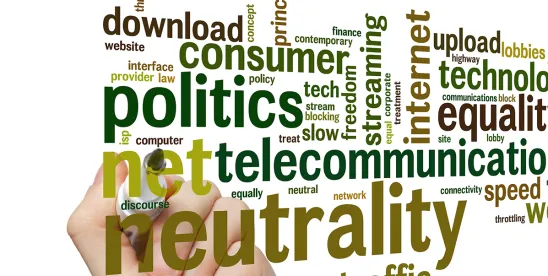On April 22, 2024, the Office of Management and Budget (“OMB”) issued final guidance regarding the application of the Section 889 telecommunications ban to federal grants, loans, and cooperative agreements under 2 C.F.R. § 200.216. As a quick recap, Part A of Section 889 prohibits contractors from providing the federal government covered telecommunications equipment and services from certain Chinese manufacturers, whereas Part B prohibits contractors from using covered equipment and services. Section 889 also applies to grant, loan, and cooperative agreement recipients and subrecipients through 2 C.F.R. § 200.216, with certain differences. Most notably, OMB recently clarified that the Part B “use” prohibition does not apply to recipients and subrecipients, meaning they may use covered telecommunications equipment and services as long as they are not purchased with federal funds.
As originally implemented in January 2020, Section 200.216 stated that “[g]rant, cooperative agreement, and loan recipients are prohibited from using government funds to enter into contracts . . . with entities that use covered technology.” In October 2023, OMB published a proposed rule which sought to incorporate guidance from its Frequently Asked Questions (FAQs) on Section 889 for federal award recipients. In particular, OMB sought to add the following three provisions to Section 200.216:
- Paragraph (c): “A recipient or subrecipient may use covered telecommunications equipment or services for their own purposes (not program activities) provided they are not procured with Federal funds.”
- Paragraph (d): “The prohibition on covered telecommunications equipment or services applies to funds generated as program income, indirect cost recoveries, or to satisfy cost share requirements.”
- Paragraph (e): “The recipient or subrecipient is not required to certify that funds were not expended on covered telecommunications equipment or services beyond the certification provided upon signing the award.”
Commenters indicated that paragraph (c) caused confusion as to whether a Part B “use” restriction applied to recipients and subrecipients, rather than just a Part A purchase restriction. Commenters requested clarification that covered equipment and services may be used in program activities if not procured with federal funds. In response, OMB deleted paragraph (c) from its final guidance and clarified that “[l]oan or grant funds may be provided to a recipient that uses the covered telecommunications equipment and services, but the Federal award must not pay for the covered telecommunications equipment or services that the recipient uses.” (emphasis added).
OMB also deleted proposed paragraph (d) after commenters raised concerns about interpretation and implementation. OMB deleted this paragraph after finding it “confusing to commenters,” opting instead to refer to its existing policy in the earlier 2 CFR FAQ which established that costs associated with covered equipment and services are “unallowable costs.” Thus, recipients and subrecipients cannot use program income generated by a federal award to cover the cost of covered equipment or services, nor can they use the cost of such equipment and services to satisfy cost sharing requirements. Importantly, recipients and subrecipients must exclude these costs from their indirect cost pools.
OMB also revised paragraph (e) to state that “funds will not be expended” instead of “were not expended” to reflect that the recipient and subrecipient have not yet made any expenditures at the time of award. OMB further clarified that there is no stand-alone Section 889 certification required (unlike for agency procurements at FAR 52.204-24(d)), but that other certifications that recipients and subrecipients submit throughout the lifecycle of the federal award will serve as certifications that they understand the ban on covered telecommunications equipment and services (i.e., when submitting payment requests and reports).
Industry continues to await a final rule on Section 889, but this recent clarification from OMB on the application of the statutory ban to loan and grant recipients is welcome relief.



 />i
/>i
